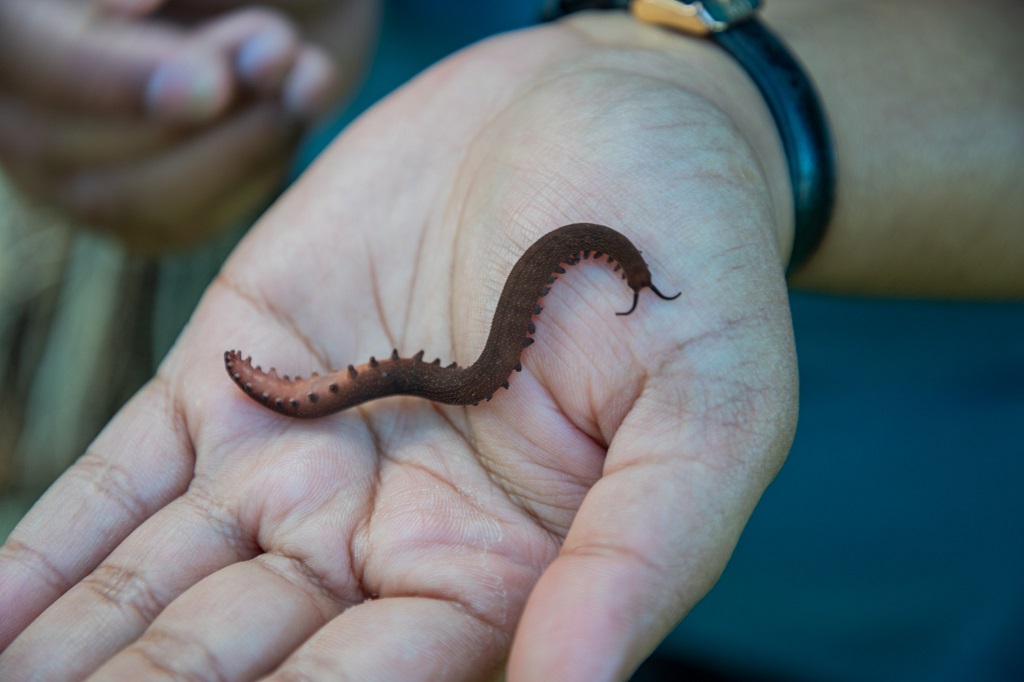

A research expedition in St Vincent and the Grenadines to discover velvet worms has resulted in success.
The Ministry of Agriculture says two American scientists and a doctoral student embarked on the research expedition in collaboration with the Forestry Services with the aim of discovering Velvet worms.
Upon success, the Velvet worm was discovered at the Vermont Nature Trail. This specimen of Velvet worms is currently being investigated as part of a broader study focused on unravelling the evolutionary aspects of these organisms in the Caribbean Islands.
Onychophora, also known as Velvet worms, are many-legged, soft-bodied animals that live in moist habitats. They are all members of one phylum and are unique in being the only exclusively terrestrial phylum of animals.

The first velvet worm known to science, Peripatus juliformis, from St Vincent Island, was described in 1826 as a “leg bearing slug” by the St Vincent native Reverend Lansdown Guilding in his Mollusca caribeana (Guilding 1826).
The research itself can benefit St Vincent and the Grenadines especially due to the nature of these understudied animals. Their specific habitat constraints and limited dispersal capabilities have been linked to areas of high biodiversity or endemism. A thorough understanding of their diversity could have profound impacts on conservation and management. Identifying the ranges of P. juliformis could reveal key areas of particular conservation importance.
Leading the research team is Professor Gonzalo Giribet, who holds the position of Professor of Organismic and Evolutionary Biology and serves as the Director of the Museum of Comparative Zoology (MCZ) at Harvard University in Cambridge, MA, USA. Joining him is Professor Gustavo Hormiga, the Ruth Weintraub Professor of Biology in the Department of Biological Sciences at The George Washington University, Washington DC, USA.
Collaborating on this scientific endeavor is Pooja A. Anilkumar, a graduate student in the Department of Biological Sciences at the George Washington University. Glenroy Gaymes, Wildlife Supervisor and other members of the Forestry Services assisted the team on the four-day venture.

This interdisciplinary team brings together expertise from renowned institutions, showcasing a commitment to advancing the understanding of Velvet worms and their evolutionary significance in the unique context of the Caribbean Islands.
The inclusion of a graduate student, Pooja A. Anilkumar, highlights the collaborative nature of the research, fostering mentorship and contributing to the collective knowledge in the field.







 30°C
30°C






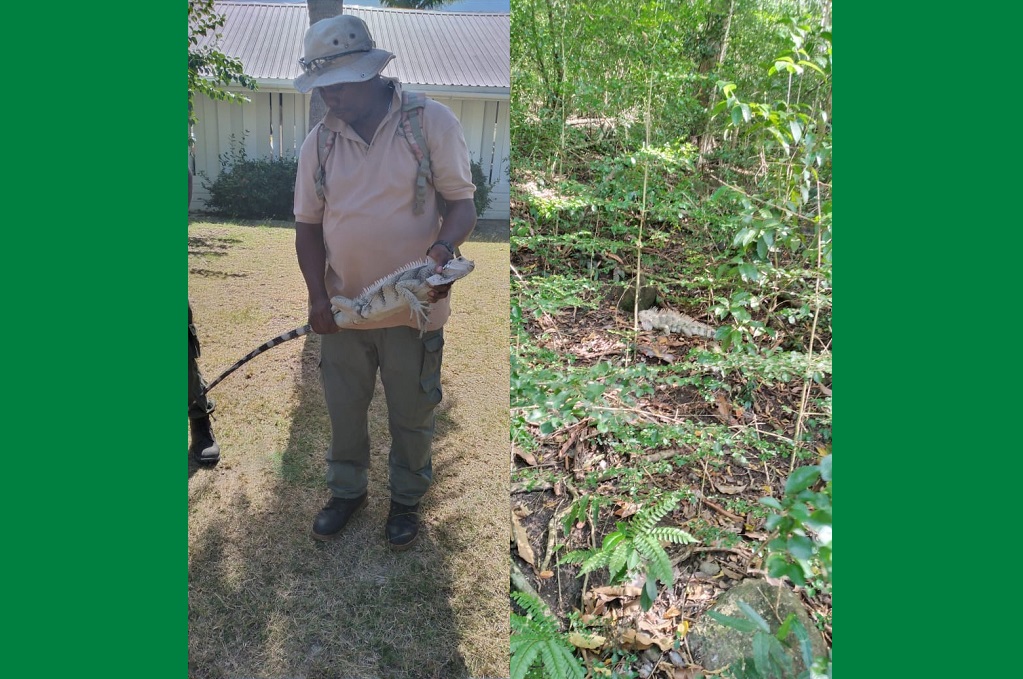
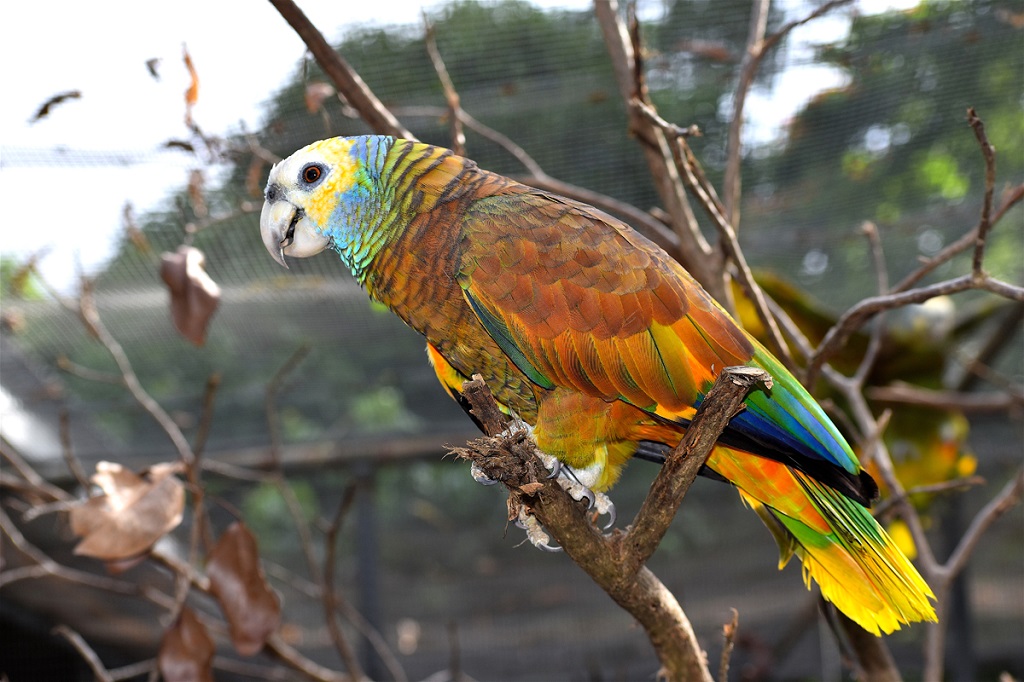
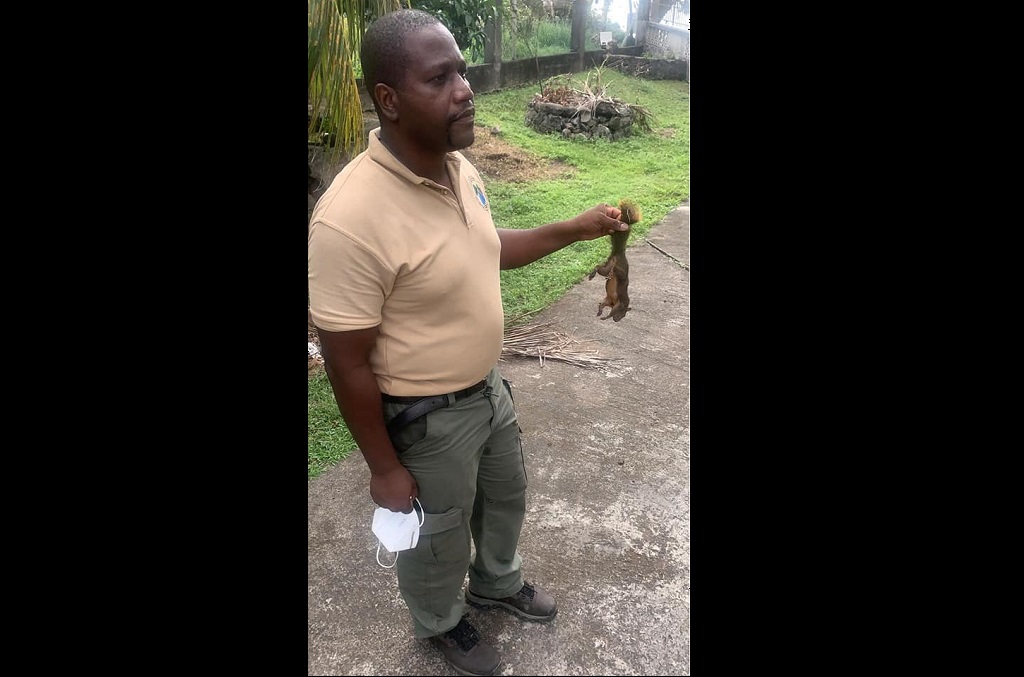





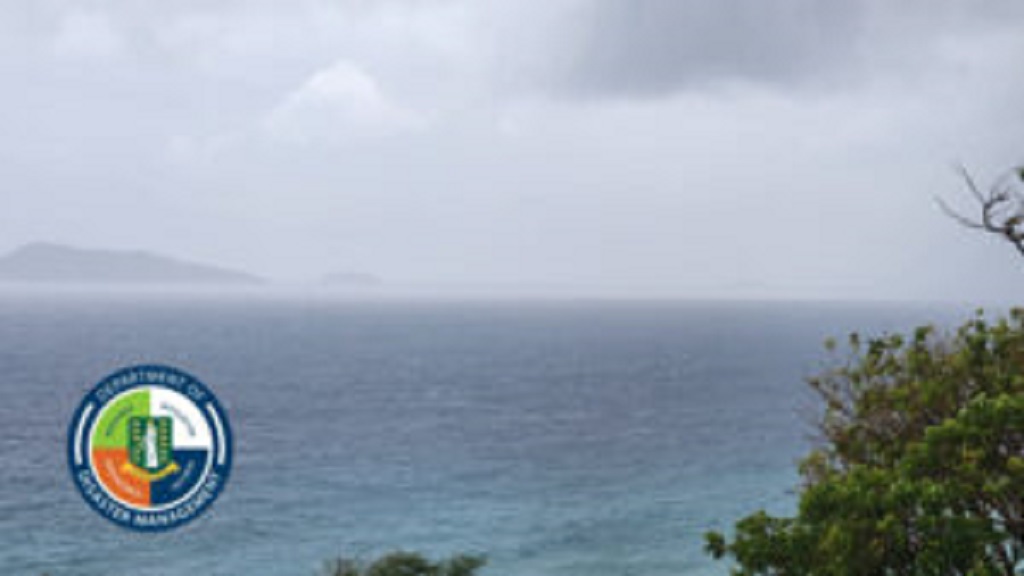







 Facebook
Facebook
 Twitter
Twitter
 Instagram
Instagram